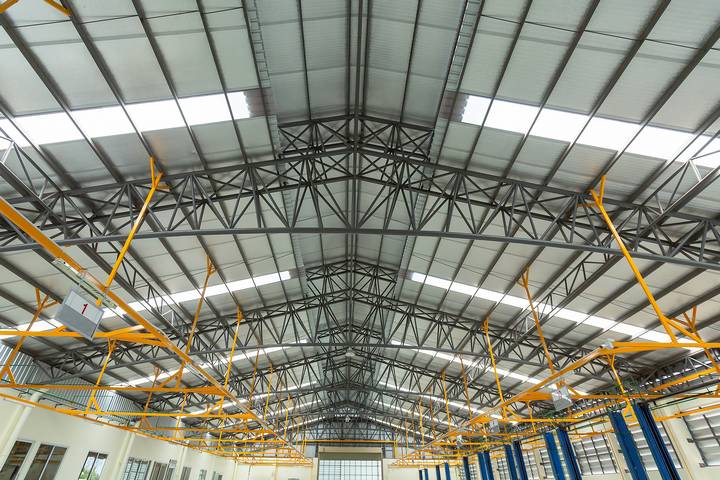One of the most important parts of any food processing company is to ensure that the packages do not leak. Any leaks could be disastrous as the food will spoil, and require replacing in order to fulfil order requirements. There is also the potential for a PR nightmare. If your company is associated with poor production and food handling safety. Once this trust is lost, it can be very hard to gain it again.
There are many reasons why food-packaging failures occur. The following six are some of the most common.
1. Problems with the machinery

You should always have someone on hand to keep an eye on the machinery. Malfunctions can occur at any time. This is made even more likely if the equipment is old. Wrong equipment settings also mean that food products are inappropriately packed. This may interfere with product freshness and could even make the food items unsafe for consumption. There should be long established processes in place to make sure that every piece of packaging equipment is clean and frequently inspected.
2. The human factor

Human error is a common cause of food package leaking issues. People get distracted or simply forget to provide clear instructions on equipment use. As a result, a packaging staff may not be keen enough to ensure a food package is properly labelled and packed. This potential cause of package leaking issues can be limited through proper hiring and training procedures. Although human error is sometimes impossible to predict there are ways to help keep it to a minimum. Ideally, you want to have some very strict quality control procedures in place.
3. Everyone is rushed

As with any business, there is always a time pressure to get things done. When orders are rushed and there are deadlines to meet this is when mistakes can happen. Rather than rush to meet packaging deadlines, come up with realistic schedules that factor the actual time required to package food items effectively. This way you won’t have to compromise either the quality nor the safety of the packaged items. By planning ahead like this you may not be able to do rush orders, but the little bit of extra time that it takes to get the job done right can save you a lot of time and money. If a leak is detected in your packaging, you will have a lot of extra work to do.
4. The equipment is not calibrated correctly

Just because the settings that you have always used have worked for so long doesn’t mean that they don’t need to be checked. Even the slightest setting error could mean that a package is not properly sealed. As a result, the food packaging may not be able to withstand the rigours of shipping, and could ultimately arrive in a state that is unsafe for consumption. Simply resetting the packing equipment can solve this problem. This problem can rear its ugly head if you have made any changes to the product at all. A small change in the weight of a product can cause it to affect how the packaging is sealed.
5. Poor design

Sometimes you need to bring it back to basics with package design. If you try to have something that is overproduced or too clever you can run into problems. There is a reason that milk cartons are the way they are. Trail and error have shown that this is the best way to store, ship, and sell milk. There is no need to reinvent what already works.













